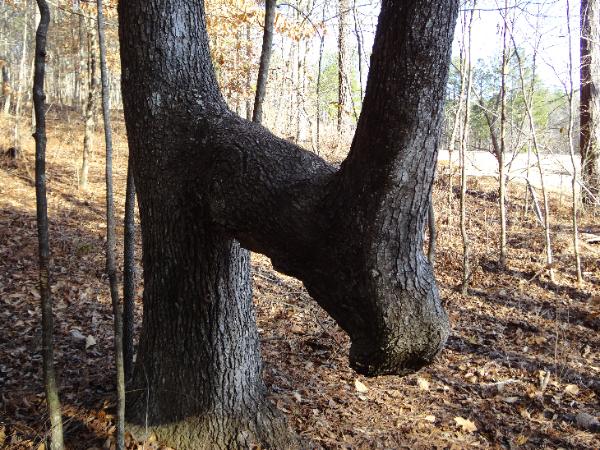In fact, GPS technology has completely changed the way we traverse our environment, to the point where it is difficult to fathom going without it. But the interesting history of navigation—especially in the backcountry—shows us how creatively humans managed to find their way before the advent of modern technology.
Indigenous people in the United States, especially Native Americans, had evolved amazing methods for navigating through the wilderness before the invention of maps and GPS. Using “trail trees,” or bent trees, as permanent markings along pathways and routes, was one such method. These trees were not only peculiar features of nature, with kinks or bends in their trunks; rather, Native Americans purposefully designed them to serve as navigational aids.

Young trees were bent by Native Americans to create recognizable signs that directed travelers to food, water, and other important features. These trees continued to grow and hold their original shape over time, but as modern life and technology advanced, their function was progressively lost.
These route trees were essential in helping explorers and indigenous people navigate difficult and uncharted territory. They demonstrated the skill and inventiveness of Native American cultures and were crucial in guaranteeing safe passage across the wilderness.

There are some characteristics to look for in order to differentiate these artificial path trees from those that are organically formed by nature. A prominent nose or notch that extends at the end of the bend is present in many of the trees that Native Americans bent. This was made by growing a section of the tree around a hole that was inserted into it. Furthermore, scars from strap placement from when the trees were young may be seen if you look at the upper portion of the inner bend, which would further support the existence of human intervention.
Some of these trail trees date back 150–200 years, offering a rare window into the past of Native American navigation and the peaceful coexistence of the people with their natural environment.

But it’s also important to be aware of the risks that these amazing historical moments may face, such population growth and its possible effects on the environment. This is the reason why programs like the ones found on the Mountain Stewards website, which maps and records more than 1,000 bent trees nationwide, are so important. They contribute to the preservation and public awareness of these amazing landmarks from American history.
Discovering the histories behind these path trees provides an opportunity to recognize the historical value of these living artifacts as well as the resourcefulness of Native American cultures. It serves as a reminder of the creative ways people once got around without the modern conveniences, and it inspires us to value and preserve our natural heritage.








Leave a Comment